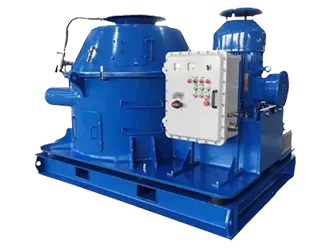Solids Control & Separation Equipment is an indispensable component in the river dredging industry, facilitating the efficient removal and separation of solid particles from the dredged material. River dredging is a vital process used to maintain waterways, prevent flooding, and support infrastructure development.
In river dredging projects, Solids Control & Separation Equipment is utilized to separate the dredged material into different fractions, such as sand, silt, and gravel. This equipment employs various techniques, including screening, hydrocyclones, and sedimentation tanks, to achieve optimal separation efficiency.
By effectively removing solid particles, Solids Control & Separation Equipment enhances the quality of the dredged material. This is crucial for projects that involve reusing the material for land reclamation, construction, or environmental restoration purposes.
Additionally, this solids control equipment plays a significant role in environmental protection during river dredging operations. It helps to minimize the release of sediment and contaminants back into the water, ensuring the preservation of aquatic ecosystems and water quality.
River dredging employs several pieces of machinery, including dredgers, which are used to excavate and remove sediment. Excavators aid in the extraction process, while barges transport the sediments away. Not to be overlooked is the importance of Solids Control Equipment in River Dredging Projects. These specialized devices separate and manage the solid waste, ensuring the efficiency and sustainability of the dredging process. Employing Solids Control Equipment in River Dredging Projects is vital for maintaining sediment balance and minimizing environmental impact.
Overall, Solids Control & Separation Equipment by BZ solid control oil drilling company is essential in the river dredging industry, enabling efficient separation of solid particles from the dredged material, improving material quality, and safeguarding the environment. Its application in this field contributes to sustainable river management and supports the development of water infrastructure projects.





